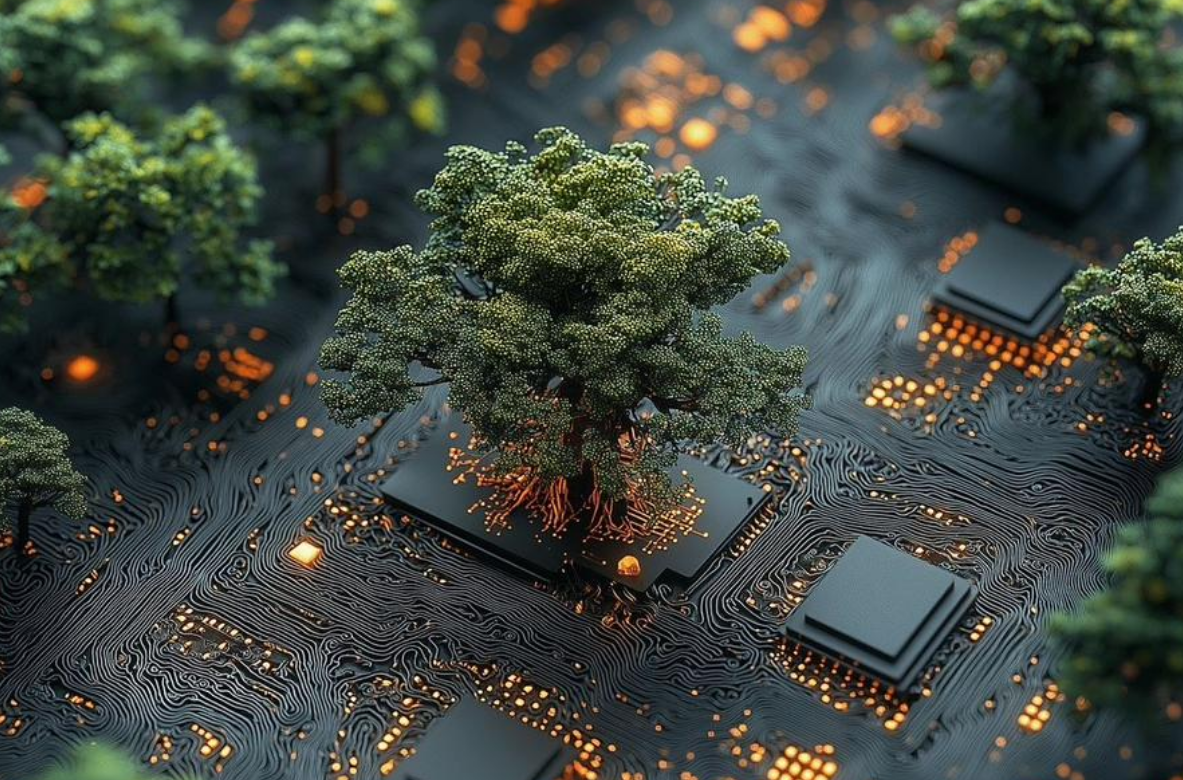Introduction
Solar energy is one of the fastest-growing renewable energy sources worldwide. However, maintaining peak efficiency is a constant challenge for solar farm owners. Dust, dirt, bird droppings, and other environmental factors can significantly reduce the energy output of solar panels. This raises an important question: Is robotic cleaning necessary for solar panels, or can manual cleaning suffice?
The Impact of Dirt on Solar Panel Efficiency
Studies show that even a thin layer of dust can reduce solar panel efficiency by 5% to 30% depending on the location and environmental conditions. In desert areas, where sandstorms are common, or in agricultural regions with high pollen levels, the loss can be even more severe. Over time, accumulated dirt can lead to permanent damage and increased maintenance costs.
Manual Cleaning vs. Robotic Cleaning
Traditionally, solar panels have been cleaned manually using water and labor-intensive methods. While this approach may work for small installations, it presents several challenges for large-scale solar farms:
- High Labor Costs – Manual cleaning requires a workforce, leading to higher operational expenses.
- Water Consumption – Many manual methods rely on large amounts of water, which is not sustainable in arid regions.
- Inefficiency – Human errors, uneven cleaning, and inconsistent schedules reduce overall effectiveness.
- Panel Damage Risks – Using improper techniques or equipment can scratch panels and degrade performance over time.
Robotic cleaning solutions, on the other hand, offer a smarter and more sustainable alternative.
The Advantages of Robotic Solar Panel Cleaning
🔹 Increased Efficiency – Robots provide consistent, uniform, and high-quality cleaning, ensuring maximum energy output.
🔹 Water-Free & Eco-Friendly – Many robotic systems use dry cleaning methods, eliminating excessive water consumption.
🔹 Cost Reduction – Although the initial investment may be higher, robotic cleaning systems reduce labor and maintenance costs in the long run.
🔹 Automation & Remote Monitoring – Advanced systems can be programmed for autonomous operation, requiring minimal human intervention.
🔹 Safe & Non-Damaging – Designed specifically for solar panels, robotic cleaners use soft brushes, microfiber rollers, or air-based cleaning techniques to avoid damage.
Why the Future is Robotic
As solar farms continue to expand, automation in maintenance is becoming a necessity rather than a luxury. Governments and private investors are increasingly supporting smart solar O&M (Operations & Maintenance) solutions to enhance efficiency and maximize return on investment.
With climate change driving the demand for renewable energy, robotic solar panel cleaning is set to become an industry standard. The ability to reduce costs, improve efficiency, and ensure long-term sustainability makes it a game-changer for the solar industry.
Conclusion
While manual cleaning might still be an option for small-scale installations, robotic cleaning is the future of solar panel maintenance. It provides a cost-effective, efficient, and eco-friendly solution for keeping solar farms at optimal performance levels. For investors and operators looking to maximize their energy production, robotic solar panel cleaning is not just necessary—it’s essential.
🚀 Are you ready to upgrade your solar panel maintenance? Contact us to explore cutting-edge robotic cleaning solutions!



Hi, this is a comment.
To get started with moderating, editing, and deleting comments, please visit the Comments screen in the dashboard.
Commenter avatars come from Gravatar.